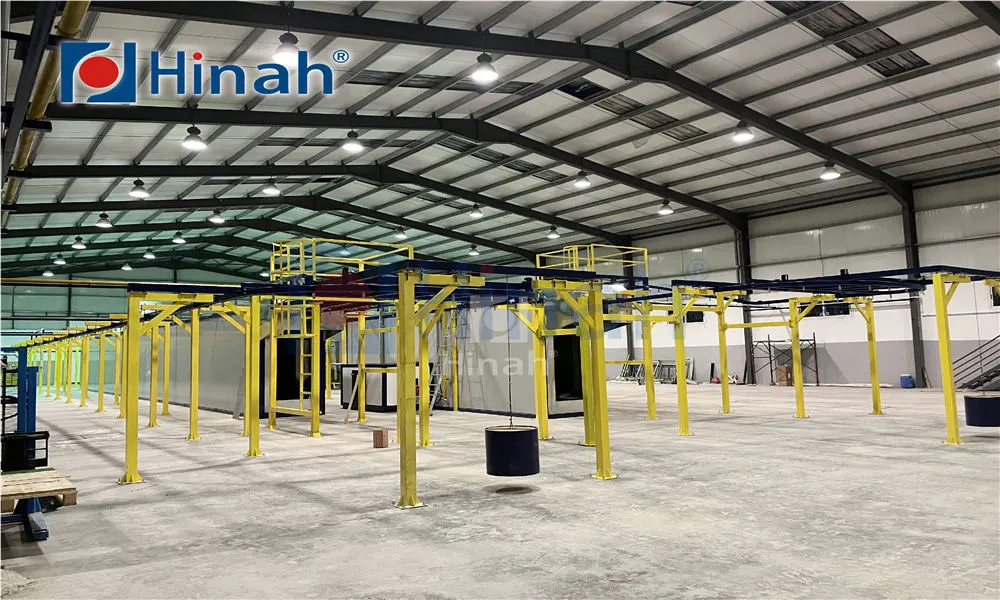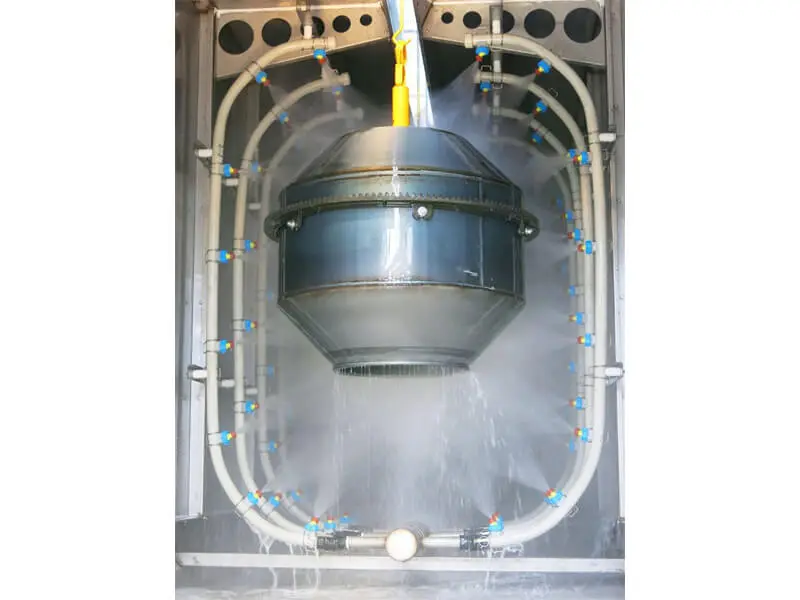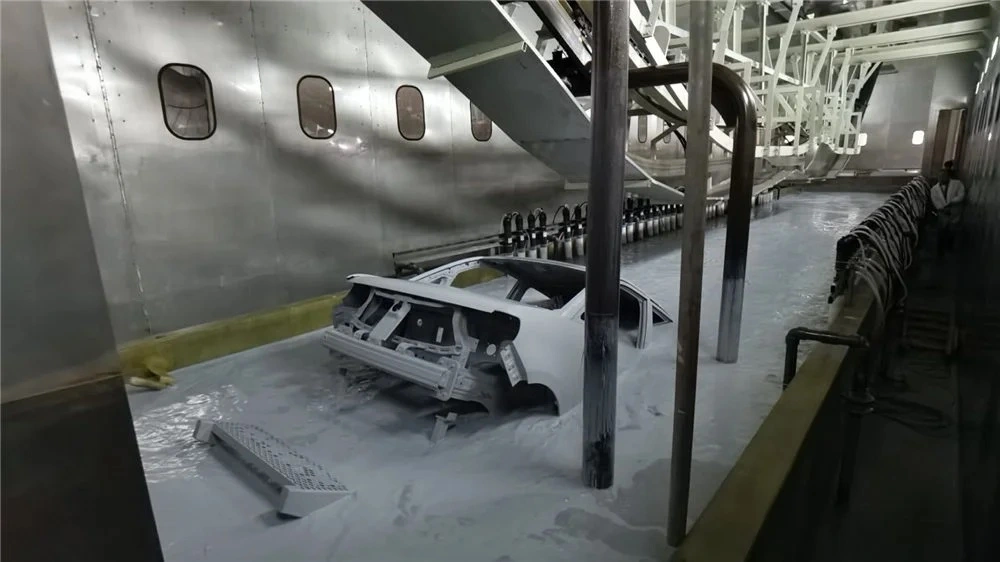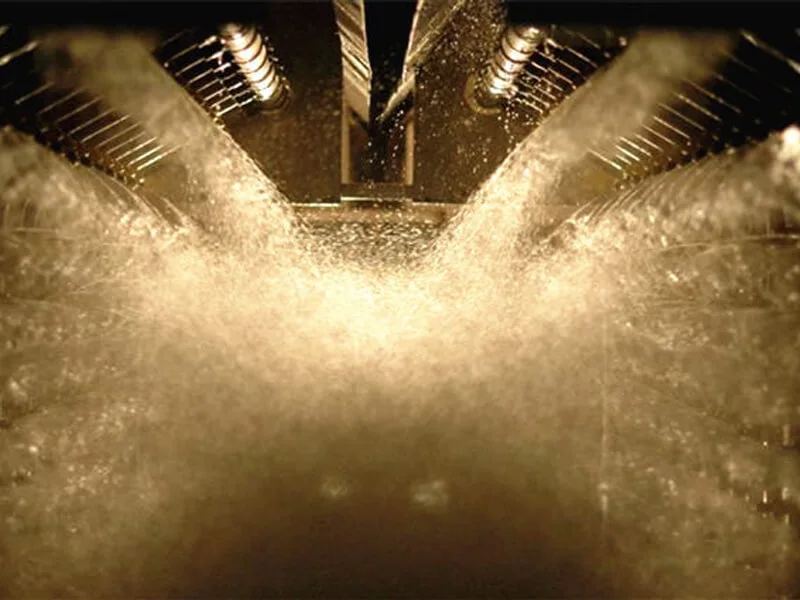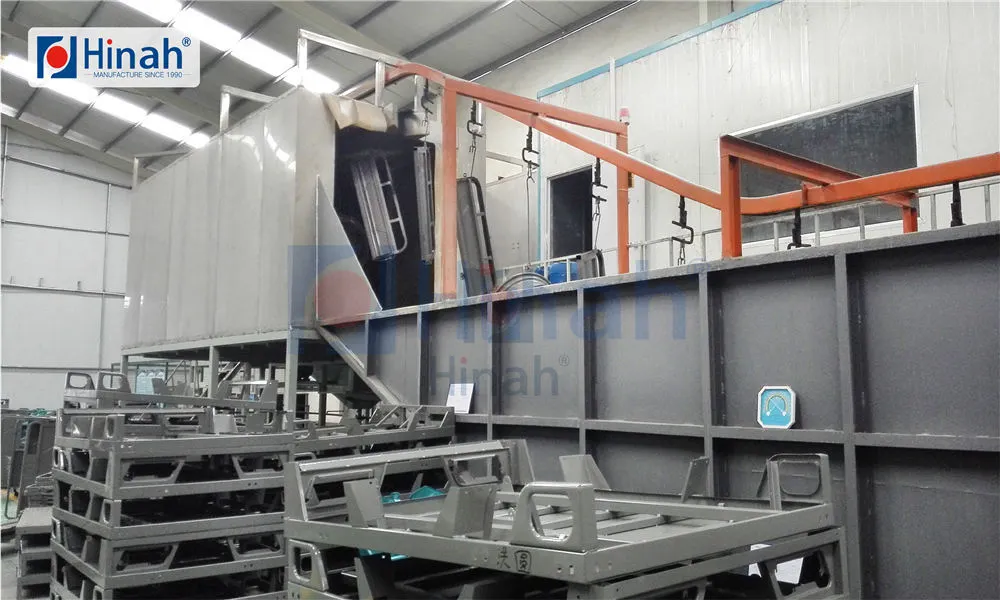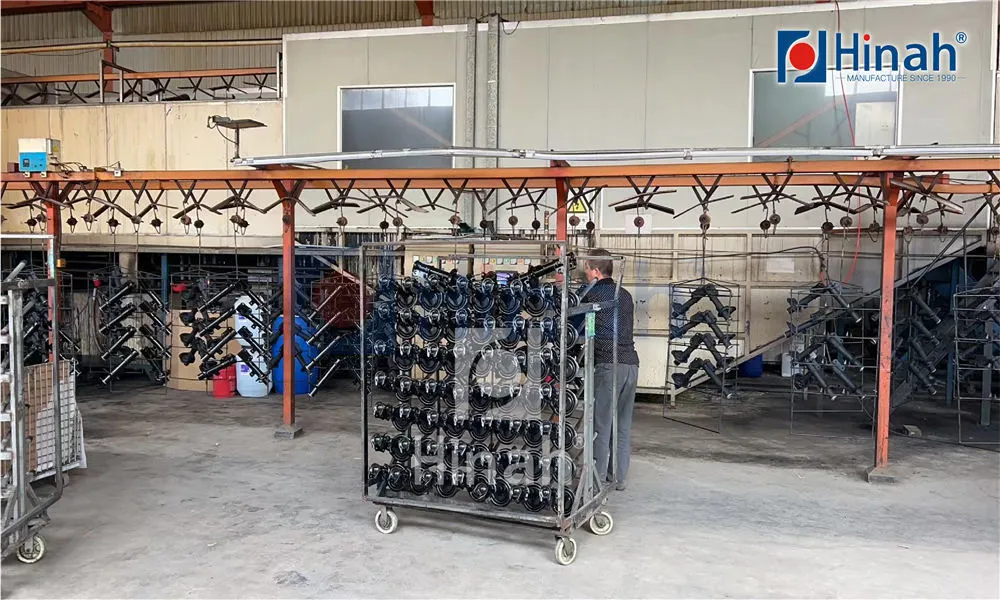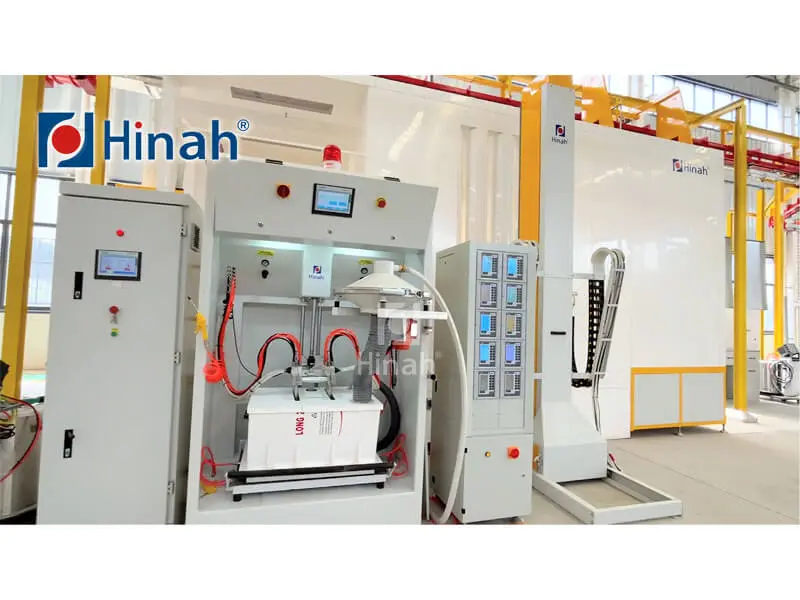In the realm of advanced manufacturing, where precision and efficiency are paramount, composite curing ovens have emerged as a cornerstone technology. These specialized ovens are not just simple heating chambers; they are sophisticated systems designed to transform raw composite materials into high-strength, durable components used across various industries. From aerospace to automotive sectors, the role of a composite curing oven is critical in ensuring that composites achieve their desired mechanical properties through controlled curing processes. As industries increasingly adopt composite materials for their lightweight and robust characteristics, understanding the intricacies of composite curing ovens becomes essential. This article delves into seven key aspects of composite curing ovens, providing a comprehensive overview that highlights their importance, functionality, and benefits. Whether you're a seasoned engineer or a newcomer to the field, this guide will equip you with valuable insights into how these ovens drive innovation and quality in manufacturing.
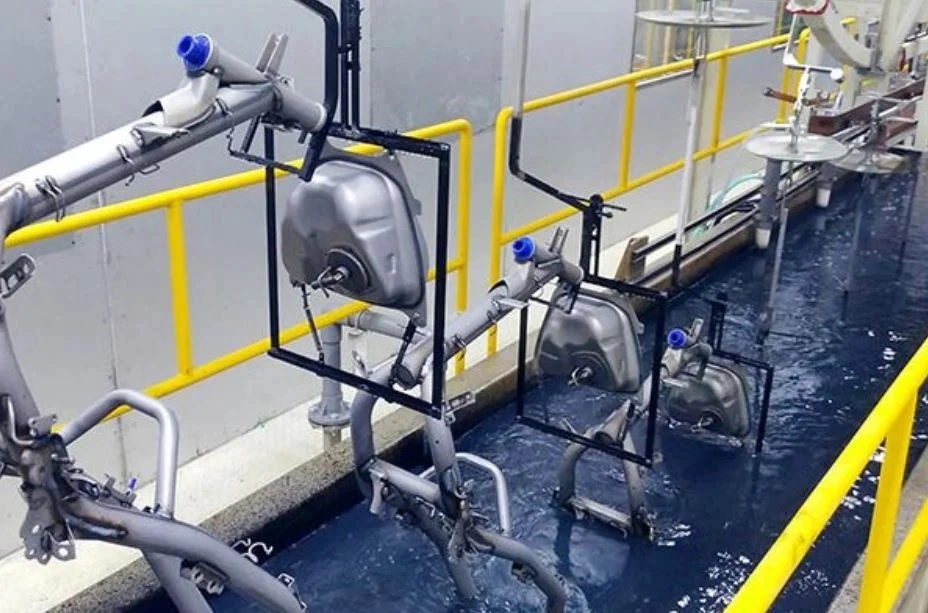
What is a Composite Curing Oven?
A composite curing oven is a specialized industrial oven used to cure composite materials, such as carbon fiber, fiberglass, and epoxy resins, by applying controlled heat and sometimes pressure. The curing process involves cross-linking polymer chains within the composite matrix, which enhances the material's strength, stiffness, and environmental resistance. Unlike conventional ovens, a composite curing oven is designed to maintain precise temperature profiles, often with uniform heat distribution, to prevent defects like warping or incomplete curing. These ovens are essential in industries where composite parts must meet strict performance standards, such as in aircraft wings, automotive body panels, or wind turbine blades. The evolution of composite curing ovens has led to advanced features like programmable controllers and energy-efficient heating systems, making them indispensable in modern production lines. By ensuring consistent and repeatable curing cycles, a composite curing oven helps manufacturers achieve high-quality outcomes while reducing waste and rework.
Key Components of a Composite Curing Oven
Understanding the inner workings of a composite curing oven requires a look at its core components. Typically, these ovens include a insulated chamber, heating elements, temperature control systems, airflow mechanisms, and safety features. The chamber is constructed from materials like stainless steel or aluminum to withstand high temperatures and corrosive environments, ensuring longevity. Heating elements, which can be electric, gas-fired, or infrared, provide the necessary thermal energy for curing, while advanced control systems—often using PID (Proportional-Integral-Derivative) controllers—maintain precise temperature settings. Airflow systems, such as fans or blowers, ensure even heat distribution throughout the chamber, preventing hot spots that could compromise the composite's integrity. Additionally, safety components like over-temperature protection, ventilation for fume extraction, and emergency shut-offs are integral to a composite curing oven, safeguarding both operators and equipment. Modern composite curing ovens may also incorporate data logging and connectivity features for real-time monitoring and integration with Industry 4.0 systems, enhancing overall efficiency and traceability in manufacturing processes.
How Composite Curing Ovens Work
The operation of a composite curing oven revolves around a carefully orchestrated thermal cycle that transforms uncured composites into finished products. Initially, the composite material—often in a pre-impregnated (prepreg) form or with applied resins—is placed inside the oven chamber. The curing cycle begins with a ramp-up phase, where the temperature gradually increases to a specific setpoint, allowing the material to soften and flow evenly. This is followed by a dwell phase, where the temperature is held constant for a predetermined period to facilitate complete cross-linking of polymers. Finally, a controlled cool-down phase ensures the composite solidifies without inducing internal stresses. Throughout this process, a composite curing oven monitors parameters like temperature, humidity, and time, often using sensors and automated controls to adjust conditions as needed. For instance, in aerospace applications, curing cycles might involve multiple stages with varying temperatures to achieve optimal laminate properties. The precision of a composite curing oven minimizes voids and delamination, resulting in parts that meet rigorous industry standards. By automating these cycles, manufacturers can achieve high throughput and consistency, making the composite curing oven a vital asset in production lines.
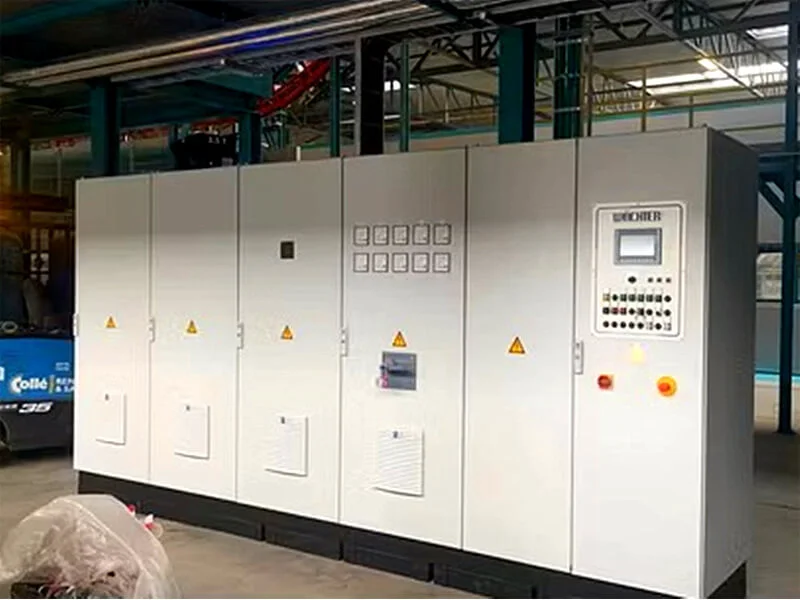
Applications of Composite Curing Ovens
Composite curing ovens are utilized across a diverse range of industries due to their ability to enhance material performance. In the aerospace sector, they are used to cure components like fuselage sections, wing skins, and interior panels, where weight reduction and strength are critical. The automotive industry relies on composite curing ovens for producing lightweight body parts, chassis elements, and EV battery enclosures, contributing to improved fuel efficiency and safety. Renewable energy applications include curing wind turbine blades and solar panel frames, which require durability against environmental stressors. Additionally, the sports and recreation sector uses these ovens for manufacturing bicycle frames, helmets, and marine vessels, ensuring high-impact resistance. Even in medical devices, composite curing ovens play a role in creating prosthetic limbs and imaging equipment housings. The versatility of a composite curing oven allows it to handle various composite types, from thermoset polymers to advanced ceramics, making it a flexible solution for evolving manufacturing needs. As industries push for greener technologies, the demand for energy-efficient composite curing ovens is growing, driving innovations in sustainable production.
Benefits of Using Composite Curing Ovens
The adoption of a composite curing oven offers numerous advantages that translate to improved product quality and operational efficiency. One key benefit is enhanced mechanical properties; by providing controlled curing, these ovens ensure composites achieve optimal strength, fatigue resistance, and dimensional stability. This leads to longer-lasting products and reduced failure rates in critical applications. Another advantage is consistency; a composite curing oven delivers repeatable results batch after batch, minimizing variations and defects. This reliability is crucial in regulated industries like aerospace, where compliance with standards is mandatory. Energy efficiency is also a notable benefit, as modern composite curing ovens incorporate insulation and heat recovery systems to reduce power consumption and operating costs. Furthermore, these ovens support automation, allowing for seamless integration into production lines and reducing labor-intensive processes. Safety is enhanced through features like enclosed chambers and emission controls, protecting workers from hazardous fumes. Overall, investing in a high-quality composite curing oven can lead to faster production cycles, lower scrap rates, and a stronger competitive edge in the market.
Maintenance and Safety Tips for Composite Curing Ovens
Proper maintenance and safety practices are essential for maximizing the lifespan and performance of a composite curing oven. Regular maintenance includes cleaning the chamber to remove resin residues or debris that could affect heat distribution, inspecting heating elements for wear, and calibrating temperature sensors to ensure accuracy. Lubricating moving parts, such as fan bearings and door seals, prevents mechanical failures and maintains efficiency. It's also important to check electrical connections and control systems for any signs of damage or corrosion. From a safety perspective, operators should always follow manufacturer guidelines, such as wearing protective gear when handling hot components and ensuring proper ventilation to dissipate fumes. Installing fire suppression systems and conducting routine risk assessments can mitigate hazards like overheating or chemical exposure. Training staff on emergency procedures, including how to use shut-off switches, is critical. By adhering to a scheduled maintenance plan and prioritizing safety, users can avoid downtime and extend the service life of their composite curing oven, ensuring it continues to deliver reliable performance.
Future Trends in Composite Curing Oven Technology
The future of composite curing ovens is shaped by technological advancements aimed at increasing efficiency, sustainability, and integration with digital systems. One emerging trend is the use of smart ovens equipped with IoT (Internet of Things) capabilities, enabling remote monitoring, predictive maintenance, and data analytics for optimized curing cycles. These systems can adjust parameters in real-time based on sensor feedback, reducing energy use and improving outcomes. Another development is the adoption of green technologies, such as electric heating with renewable energy sources or low-emission designs, aligning with global sustainability goals. Advances in materials science may lead to ovens that cure newer composite types, like bio-based resins, faster and at lower temperatures. Additionally, modular and scalable composite curing oven designs are gaining popularity, allowing manufacturers to customize setups for specific production needs. As automation and robotics evolve, we might see fully autonomous curing lines that minimize human intervention. These innovations promise to make composite curing ovens more adaptive and cost-effective, supporting the growth of industries reliant on high-performance composites.
FAQs About Composite Curing Ovens
Q1: What factors should I consider when selecting a composite curing oven for my facility?
A1: When choosing a composite curing oven, consider factors such as the size and type of composites you'll be curing, temperature range requirements, uniformity of heat distribution, energy efficiency, safety features, and compatibility with your production workflow. It's also important to evaluate the oven's control systems, maintenance needs, and compliance with industry standards to ensure it meets your long-term operational goals.
Q2: How does a composite curing oven differ from a standard industrial oven?
A2: A composite curing oven is specifically designed for curing composite materials, with precise temperature and airflow controls to prevent defects and ensure consistent results. In contrast, standard industrial ovens may lack the uniformity and programmability needed for composite curing, often being used for simpler processes like drying or baking. Composite curing ovens also typically include features for handling volatile organic compounds (VOCs) emitted during curing.
Q3: Can a composite curing oven be used for different types of composite materials?
A3: Yes, a well-designed composite curing oven can be adapted for various composite materials, including carbon fiber, fiberglass, and thermoplastic composites, by adjusting temperature profiles, cycle times, and airflow settings. However, it's crucial to consult the oven manufacturer and material specifications to ensure compatibility and avoid issues like under-curing or degradation.
Q4: What are common challenges in operating a composite curing oven, and how can they be addressed?
A4: Common challenges include uneven curing, energy inefficiency, and safety risks from fumes or overheating. These can be addressed by regularly maintaining the oven, calibrating controls, using proper ventilation systems, and training operators on best practices. Implementing automated monitoring can also help detect issues early and optimize performance.
Q5: How long does a typical curing cycle take in a composite curing oven?
A5: The duration of a curing cycle in a composite curing oven varies based on the material thickness, resin type, and desired properties, but it generally ranges from a few hours to over 24 hours. For example, thin aerospace components might cure in 2-4 hours, while thicker structures could require longer cycles. Following material supplier guidelines and conducting trials can help determine the optimal cycle time for your application.
This article has covered the essential aspects of composite curing ovens, from their fundamental principles to future innovations. By understanding these elements, manufacturers can leverage composite curing ovens to enhance product quality and drive industrial progress. If you have more questions, consult with industry experts to tailor solutions to your specific needs.


